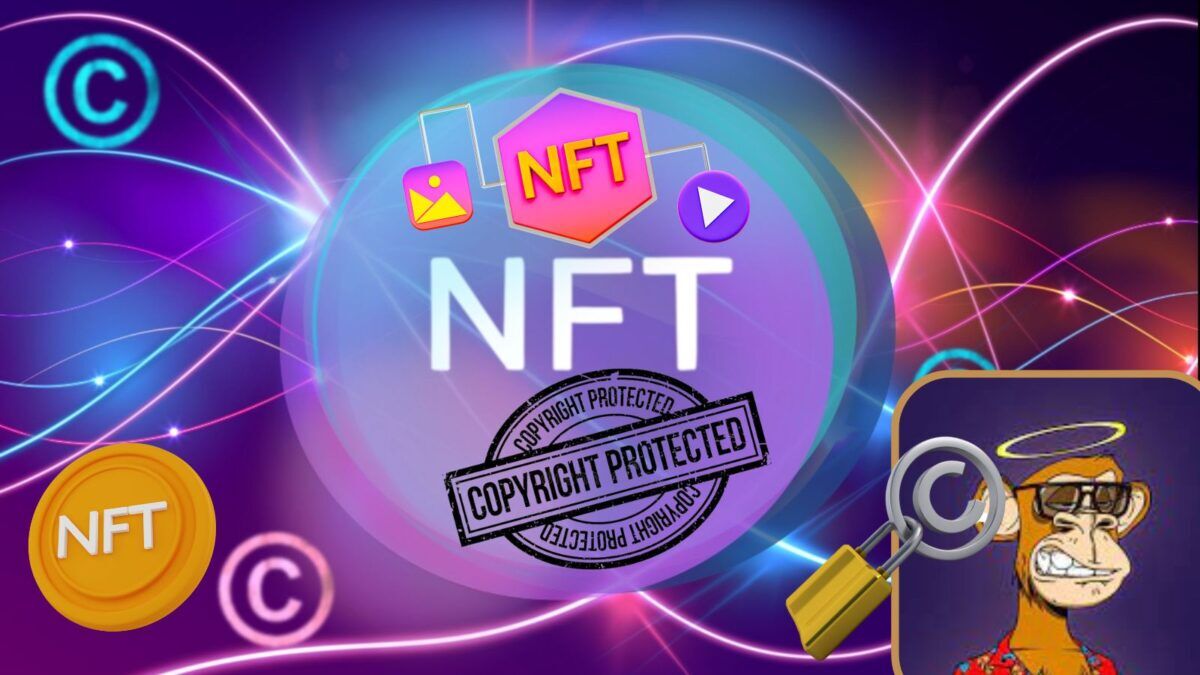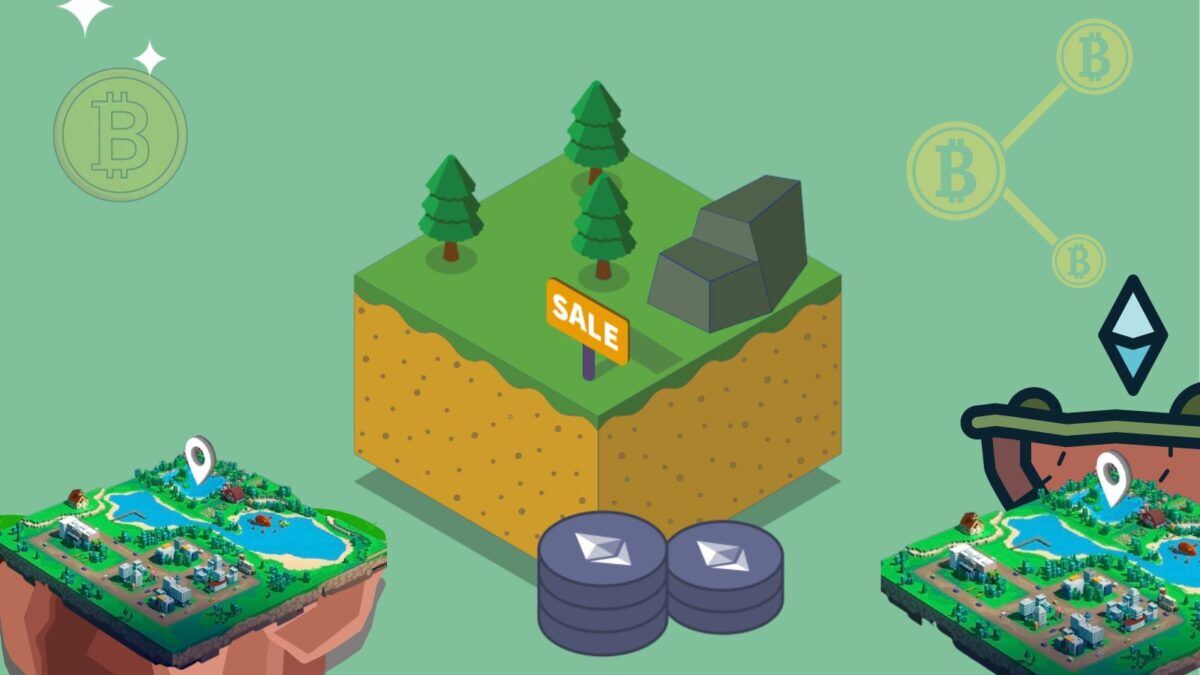NFTs and copyright have always been tricky topics to tackle in the Web3 space.
Who really owns the rights to the NFT when you purchase it: the artist, the trader, or the buyer?
After all, copyright protection of a unique asset in a tamper-free ledger doesn’t seem plausible for some, but NFTs are eternally bound to their Blockchain.
It’s a grey area on who should retain the rights for the NFT at the end of the day.
What do you actually own when you purchase an NFT? Let’s find out!
What is an NFT?
A non-fungible token or NFT is a digital data asset stored on a blockchain. These files can be photos, PNGs, JPEGs, illustrations, video files, audio files, and even PDFs. These are bought and should be with cryptocurrency.
If you’re wondering where to buy an NFT, seek an NFT marketplace such as OpenSea.
Most of the time, NFTs are large files, so what’s truly stored in the blockchain is a link to the digital file. NFTs have been around for more than eight years but only reached mainstream popularity in 2021, when they became a buzzword.
How does copyright protect NFTs?
If you own the copyright to a traditional piece of art, you have the exclusive rights to reproduce the work, distribute copies of it and create derivative works.
If you own the rights to the piece of art, you can mint it as an NFT based on the artwork and sell the NFT without transferring the copyright to the NFT buyer.
This would be akin to printing a copy of your original artwork and selling it. As it is a copy of the original artwork, and not the original artwork, it can derive its standalone value even if the owner doesn’t own the rights to it.
Diving much deeper into what happens to the digital asset once you mint it, an NFT is a metadata file encoded using work that could be subject to copyright protection, or could be in the public domain. If it can be digitized, it can be turned into an NFT, but that doesn’t mean all of these files are protected by copyright.
The original work is used to create a unique combination of the tokenID and the contract address.
When you buy the NFT, you’re also purchasing the metadata associated with the work. If you want to learn how to buy an NFT, check out our guide here.
The confusion on whether NFTs are protected by copyright or not is understandable given the value many of them can reach. Why would a buyer spend millions on metadata of a file and strings of numbers?
NFTs are more than just files
Let’s also remember that many NFTs are more than just the digital files. Beeple’s “Human One” sculpture is a real-life sculpture animated with screens that represent an astronaut walking through several extraterrestrial terrains. This art was auctioned at Christie’s for $28.9 million.
Human One is a hybrid NFT: combining both physical and digital art. Fashion houses selling NFTs usually sell the clothing item as a physical good and also as a digital one, minted as an NFT.
The digital clothing item can be a digitized version of the fashion item, or could be an NFT of the fashion item that can be worn by a Metaverse avatar.
The argument stands that many NFTs feature more utilities and perks than a simple digital illustration. They have evolved past their initial stage where most NFTs were pixel art or quirky generative art profile pictures.
Gone are the days where a screenshot of Jack Dorsey’s first tweet minted as an NFT would fetch millions, as NFTs that go viral these days need utilities.
Does your NFT have copyright protection?
If you’re planning on minting an NFT, but are unsure on whether you’ll retain the exclusive rights of the art when you mint it, first ensure that you’re the rightful owner of the artwork and that it’s registered under copyright as part of your property.
You can clarify that your NFT collection or standalone NFT’s rights belong to you, the original artist. On the other hand, you can also state that your collection’s rights go for the current buyer and owner of the NFT.
Bored Ape Yacht Clubs’ Yuga Labs offered IP rights for the NFT artwork to the buyers. Other major projects such as CryptoPunks didn’t come with that extra perk, as the characters in the CryptoPunks could only be used by Larva Labs when they owned them.
Or, they could go the GoblinTown route and use copyright protection, or the lack thereof, as a way to draw attention to their project.
CC0 opts out of copyright protection and grants exclusive rights to the public domain, allowing creators to waive their rights so that others may freely construct on their work, or reuse them without database law issues.
When an NFT trader buys a goblin NFT from GoblinTown’s protection, they also purchase the rights to the NFT and can use their goblin as they deem fit in additional media, or as part of any projects as a standalone character.
In fact, the main reason why GoblinTown achieved fame was because of this.
Copyright laws for NFTs will evolve with time
As NFTs gain mainstream popularity, so will regulatory laws for the Web3 space. Unfortunately, many regulations will come to light after cyber-crime cases and NFT scams rather than positive breakthroughs in the digital environment.
Such was the case of regulations imposed on cryptocurrency transactions after the May-June 2022 crypto meltdown.
Final words about copyright protection for NFTs
Most NFTs do not meet the basic criteria for copyright protection, according to The New York Times.
That’s because when you purchase the NFT, you’re purchasing the digital certificate of ownership of the NFT instead of the digital asset itself.
With the issue of copyright being uncharted territory on art NFTs from the beginning, we can expect more strict edicts imposed on NFTs in the coming months and years.
In all cases, you should always seek legal counsel from a certified media lawyer in your country of residence. Each government might have its regulations regarding copyright and original works of art minted as NFTs. It’s a good idea to always look up these regulations to be on the right foot.
Check out our other guides here to learn more about NFTs and regulatory policies.




